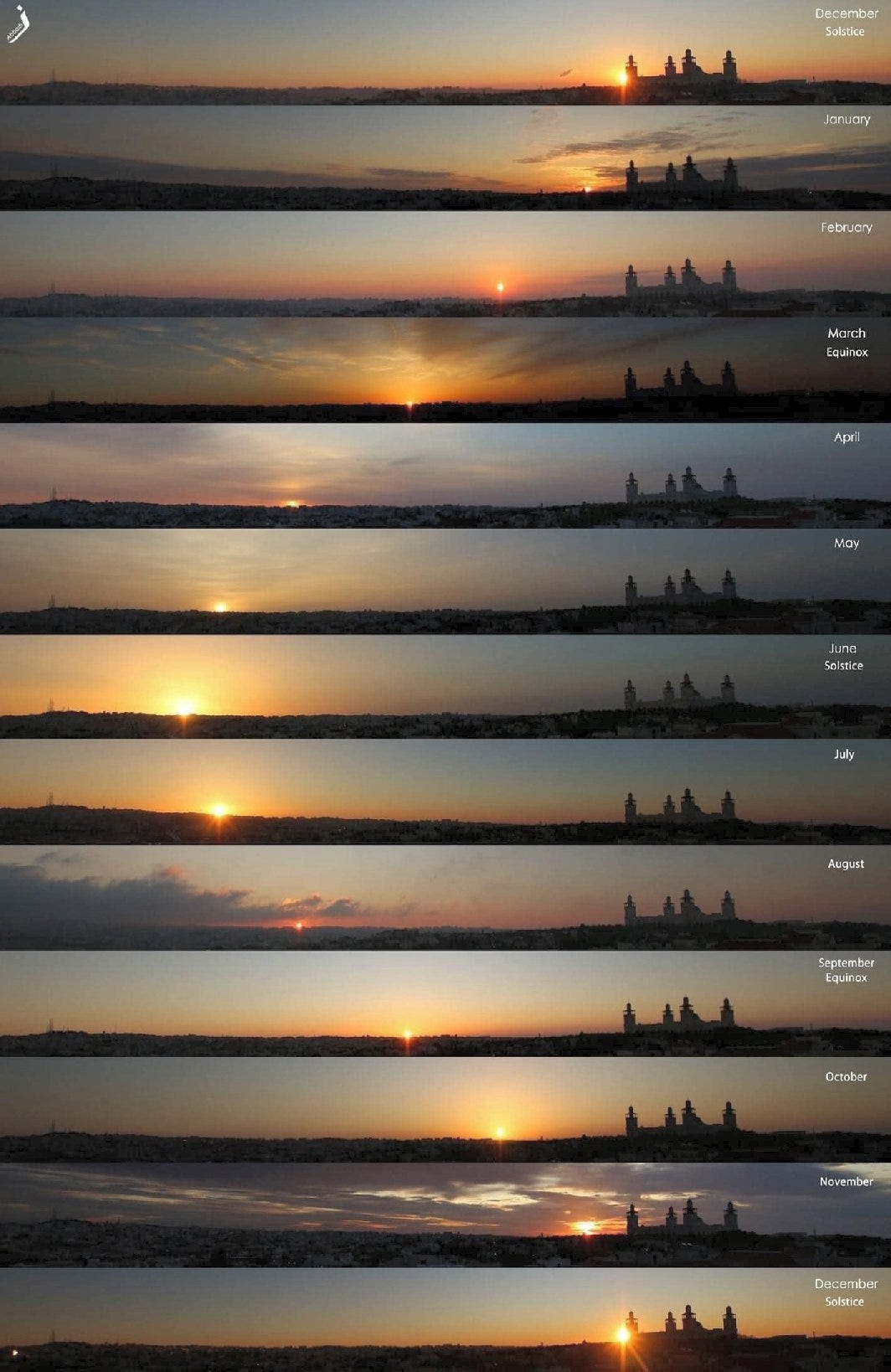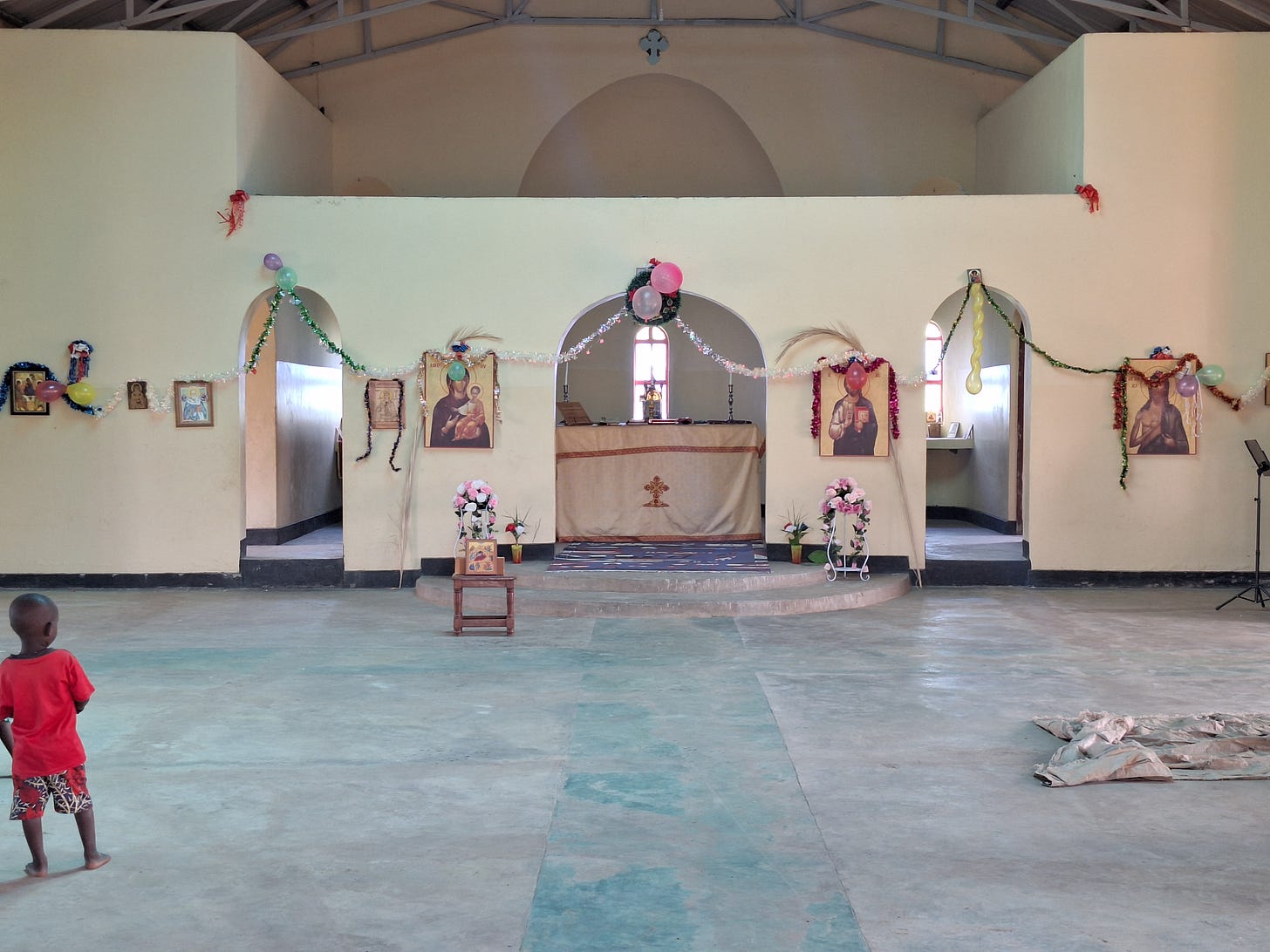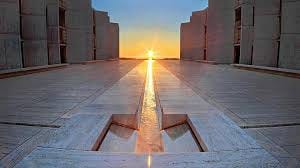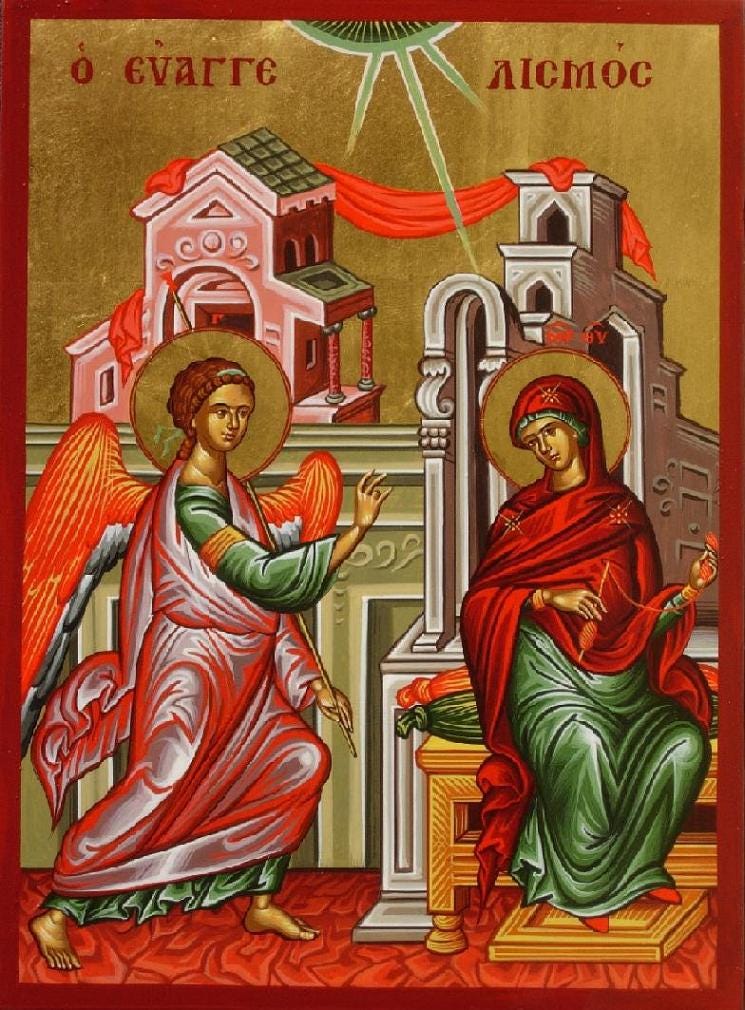Before we had wall calendars and electronic devices, how did people know what the date was?
Of course, people could tell whether it was warm or cold. But, if you had a warm day in the early spring, then you would not yet want to plant your seeds, because they would likely perish in the cold. Nor would you want to wait too long to plant your seeds, because then you would lose part of the growing season and your harvest would diminish.
One way to tell is by looking due east. On two mornings each year, six months apart, the sun will rise directly in front of you. These are called the spring and autumn equinoxes.
However, the term ‘equinox’ is something of a misnomer. It means equal night and day—12 hours and 12 hours—which is the daily experience for people living on the equator.
But there is no single day for all places in the world on which there are equal parts day and night. The equinox moves north from the equator, so it will be experienced first in southern areas and later in areas which are further north.
So, the method to determine the equinox has nothing to do with equal parts day and night. It is simply the half-way point between the two solstices. Determining the date of the spring equinox is very important in the Orthodox Church, because that is how the date of Easter is derived.
While looking due east, the two solstices are simply the northern and southern extremes of the sun’s yearly movement on the eastern horizon. In the word ‘solstice’, we recognize the first part—sol—as referring to the sun. The second part, ‘-stice’, comes from a Latin term meaning to stand or to stop (for instance, ‘armistice’ means a stop of arms/weapons, or a ceasefire).
Throughout the year, the sun rises in a slightly different spot each morning, swinging like a pendulum between its northern and southern extremes. Every six months, it reaches one of the extremes, where it rises in the same spot for three mornings and then changes direction. This is when the sun stops (solstice).
This picture is helpful to illustrate the concept.
With this image in mind, consider the eastern-facing altar within Orthodox churches.
From this perspective, we would be seeing the priest’s back, because he looks due east. The deacon’s doors are on either side, which represent the two extremes of the sun’s yearly movement.
The priest would determine the half-way point between each solstice (equinox) by waiting for the sun to rise directly over the middle of the altar.
For this reason, the term ‘temple’ is likely related to time, similar to the word temporal. Churches may have served as time-keeping instruments.
The Annunciation of the Mother of God (Theotokos) is a feast that falls on March 25th every year. It is exactly nine-months before Christmas, the birth of Christ, because it commemorates His conception. The archangel Gabriel appeared to the Virgin Mary and announced that she would conceive a Child.
*Note the thread in the hands of the Holy Virgin, as if she is weaving the tapestry of time.
Now in the sixth month, the angel Gabriel was sent by God to a city of Galilee named Nazareth, to a virgin betrothed to a man whose name was Joseph, of the house of David. The virgin’s name was Mary. And having come in, the angel said to her, “Rejoice, highly favored one, the Lord is with you; blessed are you among women!”
But when she saw him, she was troubled at his saying, and considered what manner of greeting this was. Then the angel said to her, “Do not be afraid, Mary, for you have found favor with God. And behold, you will conceive in your womb and bring forth a Son, and shall call His name Jesus. He will be great, and will be called the Son of the Highest; and the Lord God will give Him the throne of His father David. And He will reign over the house of Jacob forever, and of His kingdom there will be no end.”
Then Mary said to the angel, “How can this be, since I do not know a man?”
And the angel answered and said to her, “The Holy Spirit will come upon you, and the power of the Highest will overshadow you; therefore, also, that Holy One who is to be born will be called the Son of God. Now indeed, Elizabeth your relative has also conceived a son in her old age; and this is now the sixth month for her who was called barren. For with God nothing will be impossible.”
Then Mary said, “Behold the maidservant of the Lord! Let it be to me according to your word.” And the angel departed from her.
March 25th is a close approximation to the spring equinox. The feast would let farmer’s know that the growing season was soon to return.
The above Gospel passage, from the Book of Luke, begins, “Now in the sixth month…” This is a reference to St John the Baptist, who was born six months prior to Jesus Christ. The archangel Gabriel was also involved in his miraculous birth, which is commemorated at the summer solstice.
Interestingly, there are also feast days in the Orthodox Church marking the mid-point between solstice and equinox, the Feast of the Presentation of our Lord (2 Feb) and Holy Transfiguration (6 Aug).
An argument could be made that churches are ancient time-keeping devices.
With apologies to people in the southern hemisphere, this essay is written with a northern bias.









